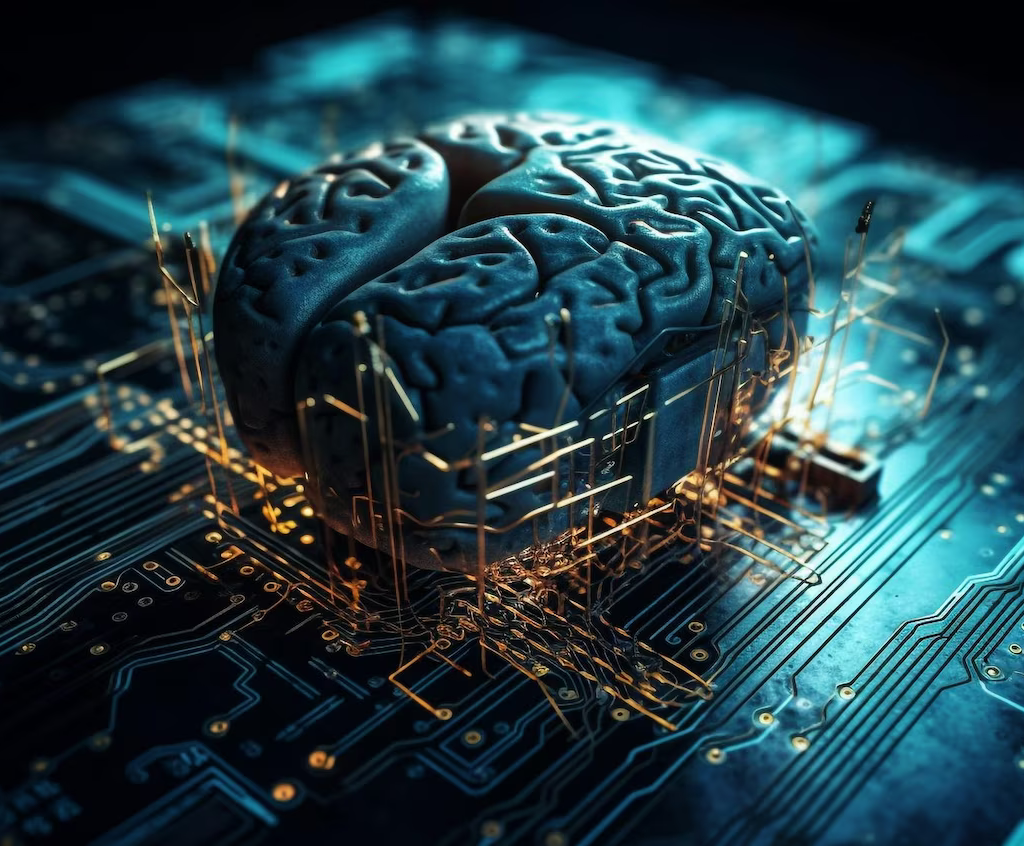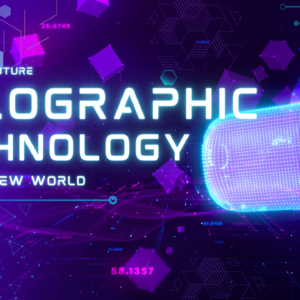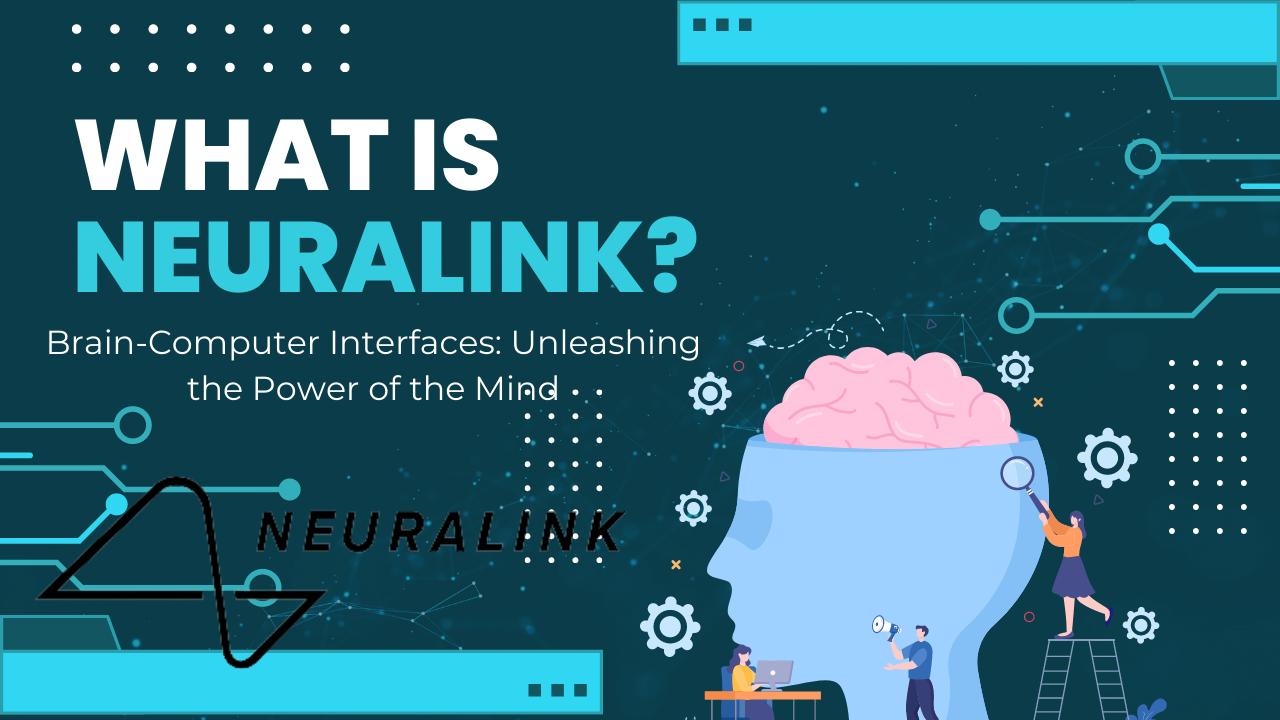Table of Contents
- Introduction
- Understanding the Human Brain
- The Birth of Neuralink
- The Science Behind Brain-Computer Interfaces
- Applications in Healthcare
- Assistive Technologies Beyond Healthcare
- Enhancing Human Cognition
- Ethical and Privacy Concerns
- Current Challenges and Future Outlook
- Summary and Concluding Thoughts
- FAQs (Frequently Asked Questions)
- A. What is Neuralink, and what is its purpose?
- B. How does a brain-computer interface work?
- C. What are the potential applications of BCIs in healthcare?
- D. How will BCIs impact human cognition and education?
- E. What ethical concerns surround the use of BCIs?
- F. What are the challenges in the widespread adoption of BCIs?
- G. What are the future possibilities for Neuralink and BCIs?
Introduction
Introducing Neuralink and its visionary leader, Elon Musk Overview of brain-computer interfaces (BCIs) and their potential impact Setting the stage for the exciting developments in this field
Understanding the Human Brain

A. The mysteries of the human brain
The human brain is a complex and enigmatic organ, holding immense potential yet still shrouded in mystery. Its intricate network of neurons and synapses allows for the processing and storage of vast amounts of information. However, our current understanding of its functions and capabilities is limited.
B. Decoding brain signals
To explore the workings of the brain, scientists focus on decoding brain signals and electrical impulses. These signals are the language of the brain and hold crucial information about our thoughts, emotions, and actions. Advanced technologies are employed to capture and analyze these signals, unlocking the secrets of neural activity.
The Birth of Neuralink

A. Elon Musk’s vision for Neuralink
At the heart of Neuralink lies the visionary mind of Elon Musk. Motivated by the potential of merging humans with AI technology, Musk aims to advance human cognition and unlock new frontiers in human-machine interaction. His pursuit of this vision brings together a team of experts in neurology, robotics, and engineering.
B. The inception and evolution of Neuralink
Neuralink has achieved significant milestones since its inception. The company has faced numerous challenges but continues to push the boundaries of brain-computer interface technology. Breakthroughs in understanding neural connections and the development of revolutionary concepts, such as the “neural lace,” have propelled Neuralink forward.
The Science Behind Brain-Computer Interfaces
A. Types of BCIs
Brain-computer interfaces can be categorized as either invasive or non-invasive. Invasive BCIs involve the implantation of devices directly into the brain, while non-invasive BCIs operate externally. The choice between the two depends on the desired level of precision, invasiveness, and the specific application of the interface.
B. Neuralink’s innovative approach
Neuralink’s approach stands out due to its groundbreaking “neural lace” concept. This mesh-like device is designed to seamlessly integrate with the brain, forming a symbiotic connection that allows for bidirectional communication. By surpassing the capabilities of existing BCIs, Neuralink aims to revolutionize the field and achieve unprecedented levels of precision and reliability.
Applications in Healthcare
A. Restoring lost abilities
BCIs hold extraordinary promise in assisting patients with paralysis or spinal cord injuries. By bridging the communication gap between the brain and the body, these interfaces can enable enhanced motor control and dexterity, potentially restoring lost abilities and improving quality of life.
B. Understanding and treating brain disorders
The potential of BCIs extends beyond physical disabilities. Neuralink’s technology has the potential to unveil the mysteries of neurodegenerative disorders like Alzheimer’s and Parkinson’s, paving the way for innovative therapeutic interventions. Furthermore, BCIs offer exciting prospects in the treatment of mental health conditions, potentially revolutionizing the field of psychiatry.
Assistive Technologies Beyond Healthcare
A. Revolutionizing prosthetics and sensory augmentation
BCI technology holds remarkable potential in revolutionizing the field of prosthetics. By integrating brain-computer interfaces with artificial limbs, individuals with limb loss can regain remarkable functionality and natural control. Moreover, BCIs offer the possibility of expanding human senses and perceptions, allowing us to experience the world in entirely new ways.
B. Shaping the future of virtual reality
As technology progresses, BCIs will play a pivotal role in the development of virtual reality experiences. By directly interacting with the brain, these interfaces can create immersive and seamless virtual worlds, revolutionizing entertainment, education, and training. BCI-integrated virtual reality has the potential to usher in a new era of realistic and interactive experiences.
Enhancing Human Cognition
A. Unlocking the full potential of the mind
BCIs have the capacity to amplify memory and cognitive capabilities. By directly interfacing with the brain, these interfaces can augment brain function and enable users to access and process information with heightened efficiency. However, the ethical implications of cognitive enhancement raise important questions that warrant consideration.
B. The impact on education and learning
BCIs hold the potential to revolutionize education and learning. By accelerating the pace of learning and enhancing knowledge absorption, these interfaces could transform traditional educational systems. However, the advent of BCIs in education also presents new challenges, such as ensuring equitable access and addressing concerns regarding dependency on technology.
Ethical and Privacy Concerns
A. Addressing potential risks and unintended consequences
With any emerging technology, it is essential to safeguard against potential risks. BCIs are no exception. Protecting against hacking and malicious use, as well as ensuring individual privacy and data protection, must be a top priority. Comprehensive security measures and robust regulations need to be in place to mitigate these concerns.
B. The need for comprehensive regulations
The rapid advancement of BCIs necessitates the development of comprehensive regulations. Striking a delicate balance between encouraging innovation and ensuring responsible development is crucial. Ethical guidelines governing BCI research and applications need to be formulated and enforced to shape the responsible adoption and use of this transformative technology.
Current Challenges and Future Outlook
A. Technical hurdles to overcome
While BCIs have made significant strides, several technical hurdles remain. Enhancing BCI performance and stability, reducing invasiveness, and improving usability and user experience are ongoing challenges. To unlock the full potential of BCIs, continuous research and innovation are required.
B. Potential barriers to widespread adoption
Despite their immense potential, widespread adoption of BCIs may face resistance and skepticism. Social acceptance and cultural implications need to be carefully considered and addressed. Educating the public about the benefits and dispelling fears surrounding BCIs can pave the way for wider acceptance and integration of this groundbreaking technology.
Summary and Concluding Thoughts
Neuralink’s advancements in brain-computer interfaces hold transformative potential across various domains. From healthcare and assistive technologies to enhancing cognition and education, BCIs open up new possibilities for humanity. As we look to the future, the power of the mind unleashed through Neuralink’s innovative approach has the potential to redefine our understanding of what it means to be human.
FAQs (Frequently Asked Questions)
A. What is Neuralink, and what is its purpose?
Neuralink is a company founded by Elon Musk that aims to develop and integrate advanced brain-computer interface technology with the human brain. Its purpose is to enhance human cognition, revolutionize healthcare, and pave the way for unprecedented possibilities in human-machine interaction.
B. How does a brain-computer interface work?
A brain-computer interface enables direct communication between the brain and an external device, such as a computer. This is achieved through the decoding and interpretation of brain signals, which are then used to control or interact with external systems, prosthetics, or virtual environments.
C. What are the potential applications of BCIs in healthcare?
BCIs have the potential to assist patients with paralysis or spinal cord injuries by restoring motor control and enhancing dexterity. In addition, BCIs offer possibilities in understanding and treating brain disorders such as Alzheimer’s and Parkinson’s, as well as the potential for groundbreaking interventions in mental health conditions.
D. How will BCIs impact human cognition and education?
BCIs can amplify memory and cognitive capabilities, unlocking the full potential of the human mind. In education, BCIs can accelerate learning and knowledge absorption, transforming traditional educational systems. However, ethical considerations regarding cognitive enhancement and equitable access need to be carefully addressed.
E. What ethical concerns surround the use of BCIs?
Ethical concerns surrounding BCIs include safeguarding against hacking and malicious use, ensuring individual privacy and data protection, and addressing potential risks and unintended consequences. Establishing comprehensive regulations and ethical guidelines is crucial to mitigate these concerns and promote responsible development and use of BCIs.
F. What are the challenges in the widespread adoption of BCIs?
Widespread adoption of BCIs may face challenges such as social acceptance, cultural implications, and skepticism surrounding the technology. Educating the public about the benefits and dispelling fears through transparent communication and responsible development can contribute to wider acceptance and integration of BCIs.
G. What are the future possibilities for Neuralink and BCIs?
The future possibilities for Neuralink and brain-computer interfaces are vast. As technology advances, Neuralink’s innovative approach has the potential to transform healthcare, assistive technologies, education, and our understanding of human cognition. The continued research and development in this field hold exciting prospects for the future.
Follow us on our Instagram – @squarebox.in
Read more interesting articles and blog by clicking here.




